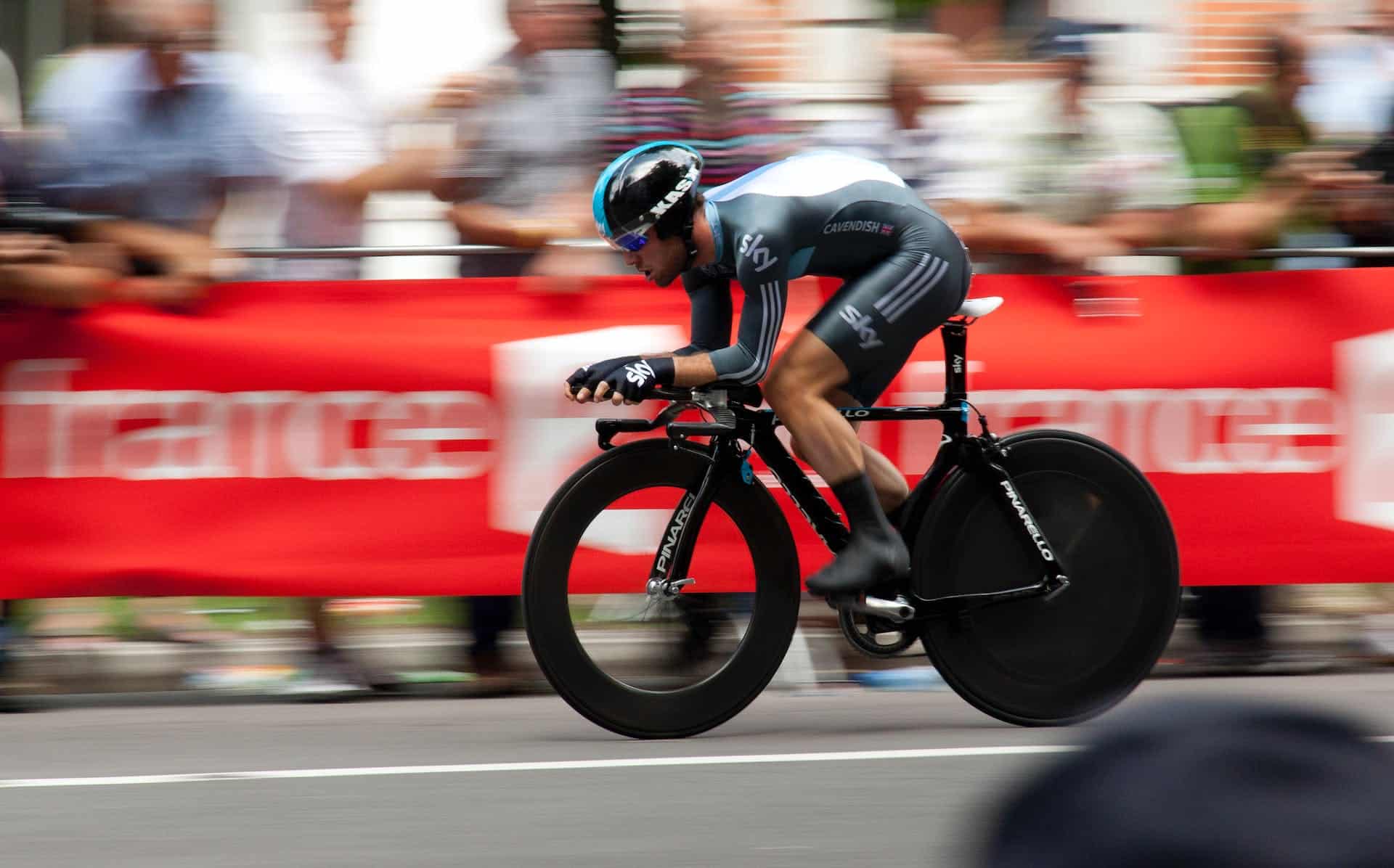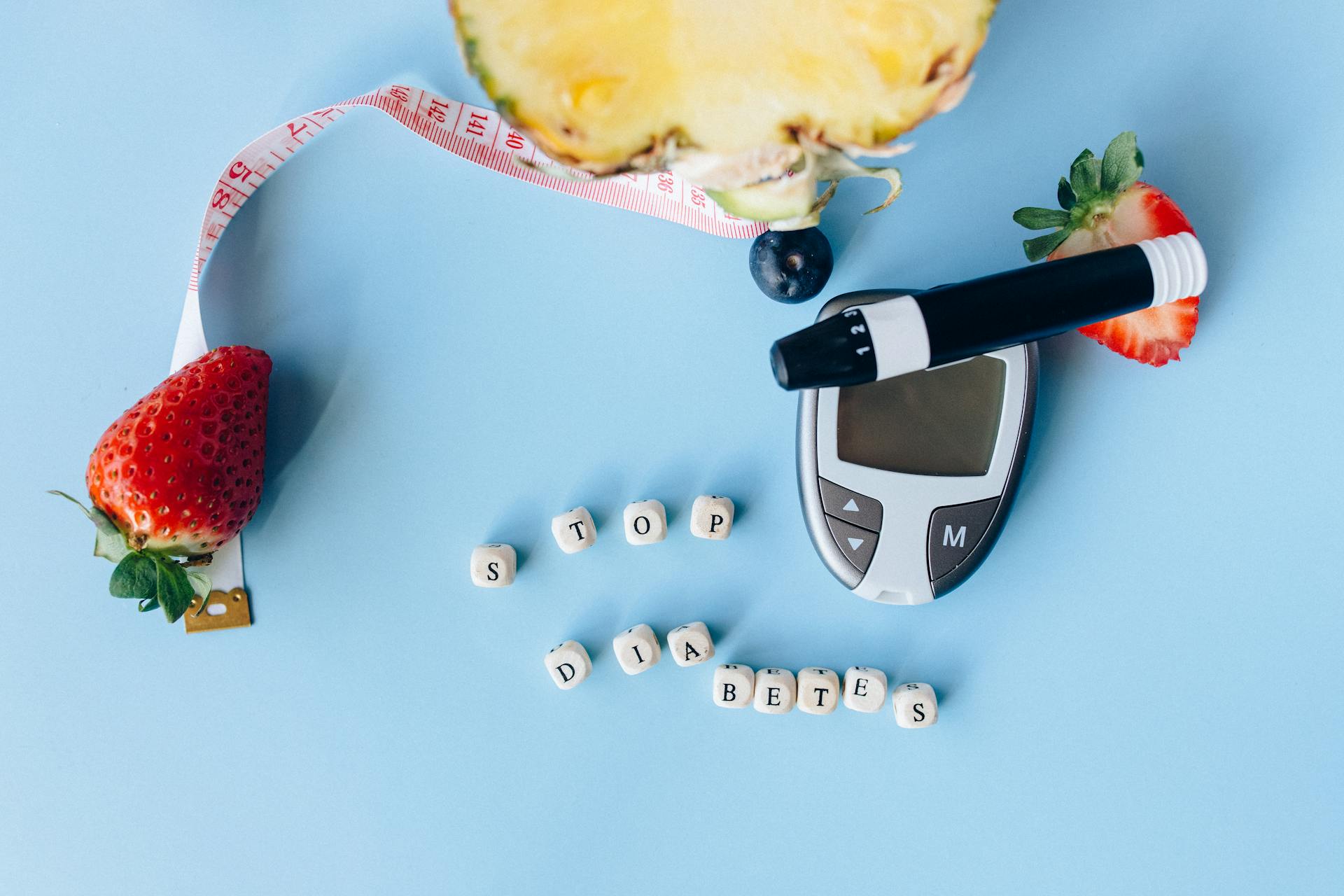How Do You Boost Athletic Performance the Right Way?
What is Athletic Performance?
Athletic performance refers to an individual’s ability to excel in various physical activities, sports, or competitions. It encompasses strength, speed, agility, endurance, flexibility, and coordination.
But how exactly do you measure your athletic performance?
It is typically evaluated across four primary dimensions: skill, strength, endurance, and recovery.
Skill
Skill encompasses the strategic thinking and execution required during athletic endeavors. A diverse skill set enables athletes to helm various challenges effectively.
Strength
Muscular strength forms the foundation of performance capabilities.
Endurance
Endurance signifies the ability to sustain physical exertion over extended periods without succumbing to fatigue.
Recovery
Recovery is the cornerstone of sustained performance excellence. It involves restoring physiological and psychological processes post-exertion. Recovery is important for athletes to remain primed for subsequent challenges.
How Improved Microcirculation and Nerve Functions Take Your Athletic Performance to the Next Level?
Peak athletic performance requires more than just physical training. Instead, it’s about optimizing the body’s internal processes to fuel endurance, speed, and recovery.
One key factor medical experts are becoming more aware of is microcirculation.(1)
During exercise, muscles need a constant supply of oxygen to produce energy and sustain performance. Efficient microcirculation, thus, ensures that oxygen-, and nutrient-rich blood reaches every part of the body, fueling muscles and enhancing endurance.(2) However, stress, poor diet, and a sedentary lifestyle can impair microcirculation, limiting athletic potential and delaying recovery.
For example, an innovative device for athletes, D’OXYVA® (deoxyhemoglobin vasodilator) works on the principle of using transdermal molecular CO2 administration that mimics high altitude training to improve capillary microcirculation in the body by an astonishing 300% from baseline measurements. This process brings balance (homeostasis) to the Autonomic Nervous System’s rest and digestive nerve (parasympathetic) functions and cardiovascular blood flow, ensuring efficient oxygen delivery to muscles and tissues during exercise.(3, 4)
Additionally, improved microcirculation throughout the body prevents the buildup of post-exercise wastes, like lactic acid, in the muscles. These wastes cause muscle soreness. Therefore, their efficient removal is incredibly important for peak muscle functioning.(5)
How Does it Work?
D’OXYVA® offers significant advantages for enhancing athletic performance through its innovative advanced topical delivery system. By facilitating higher oxygen unloading by hemoglobin, D’OXYVA effectively increases oxygen-rich blood flow within the local microcirculatory system. This enhanced blood perfusion and tissue oxygenation are crucial for optimizing athletic performance, as they support the efficient functioning of the heart, lungs, and muscles.
Furthermore, D’OXYVA improves the autonomic nervous system, which plays a key role in regulating heart rate variability (HRV). HRV, the variation in the time interval between consecutive heartbeats, is an indicator of overall health and fitness status. By promoting a balanced sympathetic and parasympathetic tone, it helps athletes achieve higher HRV levels, indicating greater resilience, flexibility, and stress resistance.
The benefits of Deoxyhemoglobin Vasodilator extend beyond improved blood circulation and HRV. It also enhances cellular detoxification, immune response, and cognitive performance, offering athletes a comprehensive approach to enhancing their physical and mental well-being.
Moreover, it’s non-invasive delivery method earned it an exceptional safety and efficacy track record and offers a convenient option for athletes seeking to optimize their performance without the risks associated with other interventions.
Benefits of D’OXYVA in a Nutshell
Enhanced Endurance: With a proven 97% improved blood circulation rate, D’OXYVA® enables athletes to push their limits and sustain high-intensity efforts for longer durations.
Quicker Recovery: Post-exercise recovery is essential for athletes to maintain peak performance. D’OXYVA facilitates faster recovery by delivering oxygen and nutrients to muscles, reducing soreness, and minimizing downtime between training sessions.
Improved Performance Metrics: Whether it’s running faster, lifting heavier weights, or achieving greater agility, D’OXYVA empowers athletes to excel in their chosen sport.
Injury Prevention: Strong microcirculation promotes tissue repair, reduces inflammation, and supports musculoskeletal health. It lowers the risk of injuries that can sideline athletes and hinder performance goals.
The bottom line is that ‘if you are looking for ways to level up the game of your athletic performance, D’OXYVA® has got you covered.’
Tips for Further Boosting Athletic Performance
1. Nutrition
Proper nutrition is paramount for achieving perfect athletic performance.
We believe that athletes must treat their bodies like high-performance machines. When you think like that, you will fuel your body with the right nutrients at the right times.
For example, breakfast sets the tone for the day. So, it requires a balance of carbohydrates, proteins, and fats. The right combination fuels your muscles and provides sustained energy. Therefore, instead of simple sugars, you should go for complex carbohydrates. It ensures a steady supply of fuel and prevents energy crashes throughout the day.(6)
One more important aspect of nutrition for better athletic performance is understanding nutrients. Among macro-nutrients, there are fats, carbohydrates, and proteins. You must consume them according to your body composition and training requirements. Then, there are micro-nutrients, like vitamins and minerals. They are important for muscle building, immunity, and recovery.
If you are struggling with your nutrients, several brands, like Optimum Nutrition, offer supplements to meet your requirements.
You should also know that timing is everything.
Pre-workout meals rich in protein and complex carbs prepare the body for exertion. In comparison, post-workout meals replenish lost nutrients and aid muscle recovery.(7) So, both of these meals should be planned based on their purpose. Ideally, the 2:1 ratio of carbs to protein is a general guideline for refueling after exercise.(8)
2. Hydration
On average, you shed around 45 ounces of water per hour during an intense workout. You will be surprised to know that such a high amount is related to sweating and sweating alone.(9) So, it’s really important to drink enough water to stay hydrated.
As professional athlete Serge Ibaka aptly puts it, “I have to stay hydrated. It’s very important for anyone, but especially athletes! We sweat a lot, and we need it.”
If you don’t, you can get dehydrated fast. Dehydration can make you feel weak and confused. It can even be dangerous, causing things like loss of consciousness or heatstroke, especially when you are outside.
To prevent dehydration, athletes should drink 20 to 40 ounces of water per hour.(10) This is the minimum amount you need to sustain the highest levels of performance. Additionally, you should also drink enough water before and after the workout, too. Drinking enough water before exercise helps the body prepare for the workout. Drinking enough water afterward helps with recovery.
However, it’s important to strike a balance and avoid excessive water intake. Drinking water more than you need can lead to discomfort, bloating, and nausea during exercise.(11) It ultimately reduces your athletic performance rather than enhancing it. In simple words, by following the recommended guidelines for hydration:
- Athletes can be at their best
- Keep up their endurance
- Reduce the chance of getting dehydrated
All this helps athletes perform at their fullest consistently.
3. Rest & Recovery
When your target is maximum athletic performance, rest and recovery are indispensable.
Let’s have a look at a broader image.
When you engage in physical activity, the body undergoes stress and strain. It disrupts your normal homeostasis. Therefore, you need recovery to restore equilibrium and repair damaged tissues. Both of these are important for achieving peak performance.
As Sage Rountree emphasizes in her book “The Athlete’s Guide to Recovery,” Remember, often doing less is more powerful than training more.
Rest is also important for preventing injuries when you’re recovering from exercise. When you work out, your muscles get tiny tears that help them grow stronger. However, these tears make your muscles more prone to injury.(12) Therefore, if you don’t give your muscles enough time to rest, they stay tired and can easily get overused. Ultimately, these lead to injuries.
Moreover, rest also helps your body refill its energy stores. When you exercise, your muscles use up much energy stored as glycogen.(13) Therefore, taking small breaks allows your body to replenish these reserves. This makes sure your muscles have enough fuel for your next workout.
In addition to taking time for sleep or rest, a few other things also add up to your recovery.
One important step is post-exercise stretching. Stretching aids in muscle cooling, preventing stiffness, and enhancing flexibility. It also promotes blood flow, facilitating the removal of toxins and supplying nutrients.(14)
Additionally, professional massages or foam rolling are effective recovery techniques. Massages reduce inflammation, realign muscle tissue, and enhance blood circulation, expediting recovery. Similarly, foam rolling targets specific muscle groups, alleviating tension and promoting flexibility.
4. Mental Health
They say, “Your mind is like your body’s strongest muscle,” which means it’s really powerful.
Playing sports isn’t just about being physically strong. It’s also about being mentally sharp. Think about games like football or soccer, where you have to make quick decisions. Being able to think fast can make the difference between winning and losing. So, training your brain is just as important as training your body.
Sports vision training tools, like Reflexion, help athletes get better at thinking. Moreover, athletes all over the world do mental exercises to make their minds stronger. Because they know it helps them perform better.
Also, taking care of your mental health is crucial for doing well in sports. Problems like stress, anxiety, or feeling down can mess with your sleep, focus, and energy levels. That’s not good for doing your best in sports.
Athletes also need to learn how to deal with mental health issues. They can use things like stress-relief techniques, staying mindful, and getting help from pros.(15) By focusing on mental health along with physical training, athletes can do their best in sports.
The Takeaway Message
You shouldn’t be over-complicating things related to your athletic performance. In fact, the most effective strategies are mostly the simpler ones. Some of the important ones are hydration status, nutrition profile, enough recovery, and, of course, your mental health.
Using these tips in your training routine forms a solid basis for improvement, whether you’re an athlete, coach, or gym trainer.
However, in the competitive world of sports, every advantage counts.
Therefore, if you want to be one step ahead of your competitors, you can count on Deoxyhemoglobin Vasodilator (D’OXYVA®).
It helps you perform better, recover faster, and reach peak athletic performance. It does so by improving blood flow and oxygen delivery, leading to better results.
Try it for yourself to see the difference it makes in your sports journey.
References
- Hendrickse P, Degens H. The role of the microcirculation in muscle function and plasticity. Journal of Muscle Research and Cell Motility. 2019;40(2):127-40.
- Joyner MJ, Casey DP. Regulation of increased blood flow (hyperemia) to muscles during exercise: a hierarchy of competing physiological needs. Physiol Rev. 2015;95(2):549-601.
- Oe K, Ueha T, Sakai Y, Niikura T, Lee SY, Koh A, et al. The effect of transcutaneous application of carbon dioxide (CO2) on skeletal muscle. Biochemical and biophysical research communications. 2011;407(1):148-52.
- Ito T, Moore JI, Koss MC. Topical application of CO2 increases skin blood flow. Journal of investigative dermatology. 1989;93(2):259-62.
- Hasson S, Barnes W, Hunter M, Williams J. Therapeutic effect of high speed voluntary muscle contractions on muscle soreness and muscle performance. Journal of Orthopaedic & Sports Physical Therapy. 1989;10(12):499-507.
- Puddu PE, Menotti A. Simple versus complex carbohydrates and health: A frequently neglected problem. Nutrition, Metabolism and Cardiovascular Diseases. 2021;31(7):1949-52.
- Haycock B. Pre-and Post-workout nutrition to maximize the training effect.
- Carrithers JA, Williamson DL, Gallagher PM, Godard MP, Schulze KE, Trappe SW. Effects of postexercise carbohydrate-protein feedings on muscle glycogen restoration. Journal of Applied Physiology. 2000;88(6):1976-82.
- Maughan R, Meyer N. Hydration during intense exercise training. Limits of Human Endurance. 76: Karger Publishers; 2013. p. 25-37.
- Sedek R, Mohamad MM, Kasim ZM. Knowledge, attitudes and practices on hydration and fluid replacement among endurance sports athletes in National University of Malaysia (UKM). Pakistan Journal of Nutrition. 2015;14(10):658.
- Latzka WA, Montain SJ. Water and electrolyte requirements for exercise. Clinics in sports medicine. 1999;18(3):513-24.
- SIDAHMED N. Recovery of Performance Following Muscle Injury in Calisthenics Athletes.
- Manolachi V. Carbohydrates Energy Reserves as a Factor of Recovery after Training and Competitive Efforts. Revista Românească pentru Educaţie Multidimensională. 2020;12(1):357-67.
- Fritz S. Sports & exercise massage: comprehensive care in athletics, fitness, & rehabilitation: Elsevier Health Sciences; 2013.
- Braatz LR. Promoting Wellness for College Athletes Through Mindfulness Meditation. 2021.







